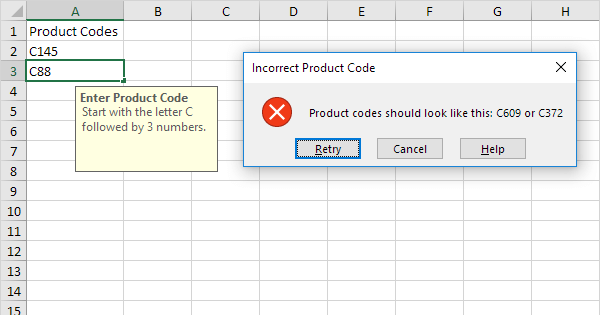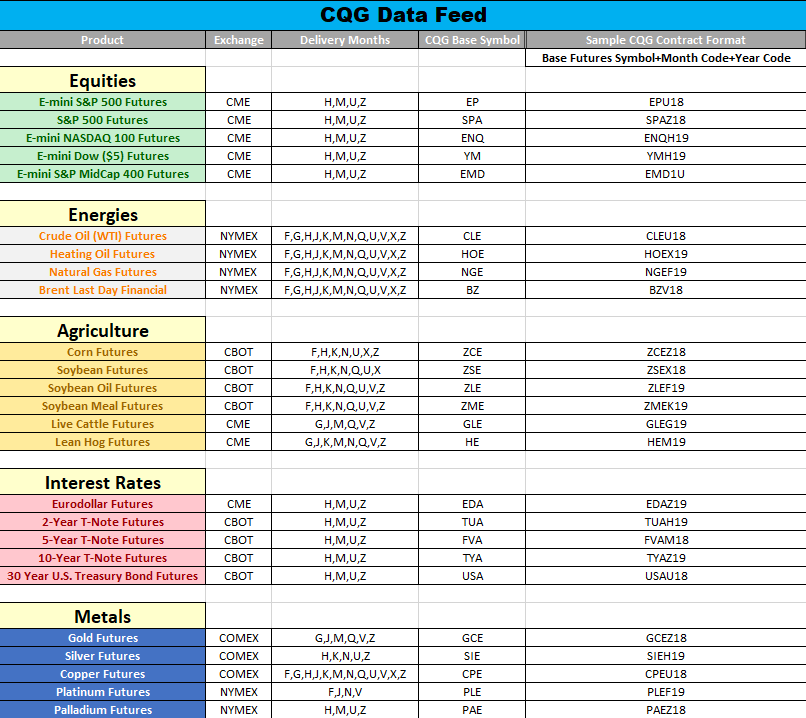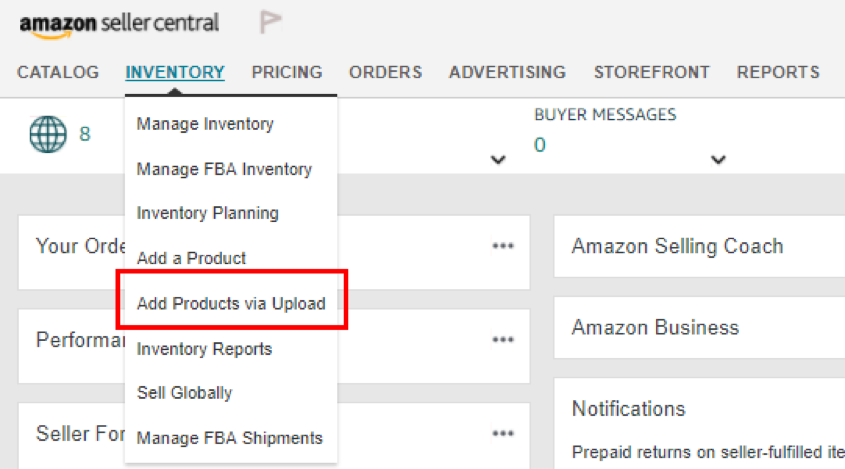The Product Classification Database contains medical device names and associated information developed by the Center for Devices and Radiological Health (CDRH) in support of its mission. This database contains device names and their associated product codes. The name and product code identify the generic category of a device for FDA. The Product Code assigned to a device is based upon the medical device product classification designated under 21 CFR Parts 862-892.
These files are updated every Sunday.
Find your code in the Origin client. Open up the Origin client. Go to My Game Library. Right-click your game. Click Game Properties. A pop-up with your Product Code will appear. For some games it may say 'Product Code' while others will say 'Serial code' or 'CD key.' Get your code via email. The name and product code identify the generic category of a device for FDA. The Product Code assigned to a device is based upon the medical device.
Information on Devices Regulated by other Centers

- Devices regulated by CBER (Center for Biologics Evaluation and Research)
- Intercenter Agreements which are working agreements developed between the FDA Centers, outline certain categories of products and how these products have been regulated by the FDA.
What is an FDA product code?
An FDA product code describes a specific product and contains a combination of five to seven numbers and letters. The product code submitted with each FDA line item should match the actual product name and/or invoice description of the product.
CME Group All Products – Codes and Slate The CME Group Product Slate provides access to most of our products. The searchable and sortable slate links to product contract specifications and also provides the previous day’s volume and open interest data. What are UPC Codes? By definition UPC stands for “Universal Product Code”, so the term UPC Code is incorrectly redundant. The term “UPC Code” is commonly used to describe the UPC Barcode symbol, A “UPC Code” is essentially a barcode symbol encoding a 12-digit number called a GTIN-12.

If the product has more than one name (e.g., a fish known under several regional names), the product code may have several different synonymous definitions associated with it. The easiest way to determine the product code is to become familiar with the product itself, including the label, the processing information, intended use of product, the container type, who will use or consume the product, etc.
Visit the Product Code Builder Application and Tutorial for more information on building product codes.
What is the structure of an FDA product code?
The string of letters and numbers represents five components: Industry Code, Class, Subclass, Process Indicator Code (PIC), and the Product (Group).

| Industry | Class | Subclass | Process Identification Code (PIC) | Product |
|---|---|---|---|---|
| Number | Letter | Letter or Hyphen (-) | Letter or Hyphen (-) | Letter or Number |
Industry Code: This element is two numbers from '02' to '98.” An industry code determines the broadest area into which a product falls. Some examples are dental for all dental-related medical devices and fishery/seafood for fish and seafood products.
Class Code: This element is always one letter (a-z) and is directly related to an industry. It designates the food group, source, product, use, pharmacological action, category, or animal species of the product. Class is more specific than an industry code; for example, the fishery/seafood products industry may contain classes such as crustaceans or hot-smoked fish. All products will have a Class Code. Class codes for radiation-emitting products, medical devices and in-vitro diagnostics are linked to the Product (Group) letters, see below.
Subclass Code: This element is one letter (a-z) and represents the container type, method of application, use, market class or material the product is being packaged in. The subclass should specify the primary material which contacts and/or holds the product. Medical devices do not have subclass codes and are represented by a hyphen.
Process Indicator Code (PIC): This element is one letter (a-z) and describes the process, storage or dosage form depending on the type of product. When in doubt, you may wish to contact the manufacturer for processing information. Medical devices, cosmetics, and some animal use products do not have a PIC and are represented by a hyphen.
Product (Group): This element is two characters in length and may contain either letters or numbers. This element relates directly to a particular industry/class combination. This element identifies the specific product. For medical devices, the product (group) element is two letters and when used in conjunction with the class element, identifies a specific medical device.
Examples of Product Codes
Product Codes For Customs
Example 1: Food Product Code
Product: Canned Tomato Soup (Concentrated)
Product Code: 38BEE27
| Structure | Industry | Class | Subclass | Process Identification Code (PIC) | Product |
|---|---|---|---|---|---|
| Format | Number | Letter | Letter or Hyphen (-) | Letter or Hyphen (-) | Letter or Number |
| Sample | 38 | B | E | E | 27 |
| Meaning | Soup | Soup, Conc | Metal | Commercially Sterile | Tomato Soup, Concentrated |

Example 2: Drug Product Code
Product: Ibuprofen
Product Code: 62GBA41
| Structure | Industry | Class | Subclass | Process Identification Code (PIC) | Product |
|---|---|---|---|---|---|
| Format | Number | Letter | Letter or Hyphen (-) | Letter or Hyphen (-) | Letter or Number |
| Sample | 62 | G | B | A | 41 |
| Meaning | Human and Animal Drugs | Anti-Inflammatory | Human - Non/Rx Combo Ingredient | Prompt Release Tablets | Ibuprofen |
Example 3: Medical Device Product Code
Product: First Aid Kit including drugs
Product Code: 79L--RR

| Structure | Industry | Class | Subclass | Process Identification Code (PIC) | Product |
|---|---|---|---|---|---|
| Format | Number | Letter | Letter or Hyphen (-) | Letter or Hyphen (-) | Letter or Number |
| Sample | 79 | L | Hyphen (-) | Hyphen (-) | RR |
| Meaning | General & Plastic Surgery | Kit | Kit, First Aid |
Where Is My Windows 10 Activation Key
What resources are available to help me create a product code?
Product Codes List
Product Code Builder Tutorial: The Product Code Builder Tutorial gives you the information you need to successfully code products. It contains seven lessons. You can go through them in order or jump to a lesson that meets your immediate needs. Four of the lessons cover specific commodity groups:
Lesson 4: Coding Food, Food-Related, Cosmetic and Vitamin Products
Lesson 5: Coding Drugs, Drug Products and Biologics
Lesson 6: Coding Animal Use Products
Lesson 7: Coding Medical Device, In-Vitro Diagnostic and Non-Medical Radiation Emitting Products
Product Code Builder: The Product Code Builder Application is a tool you can use to build a product code. By building upon the code portions you select, the application will provide you with choices for each of the five components of the product code (Industry, Class, Subclass, PIC, and Product). The Product Code Builder has helpful tips to assist in building a product code.
Product Code Builder Application Programming Interface (API): The Product Code Builder API is a web service that provides the capability for software programmers to build a user interface that retrieves information from the Product Code Builder database. This does not replace the current online Product Code Builder but compliments it by providing trade a method to program existing software to query and verify FDA Product Codes.
